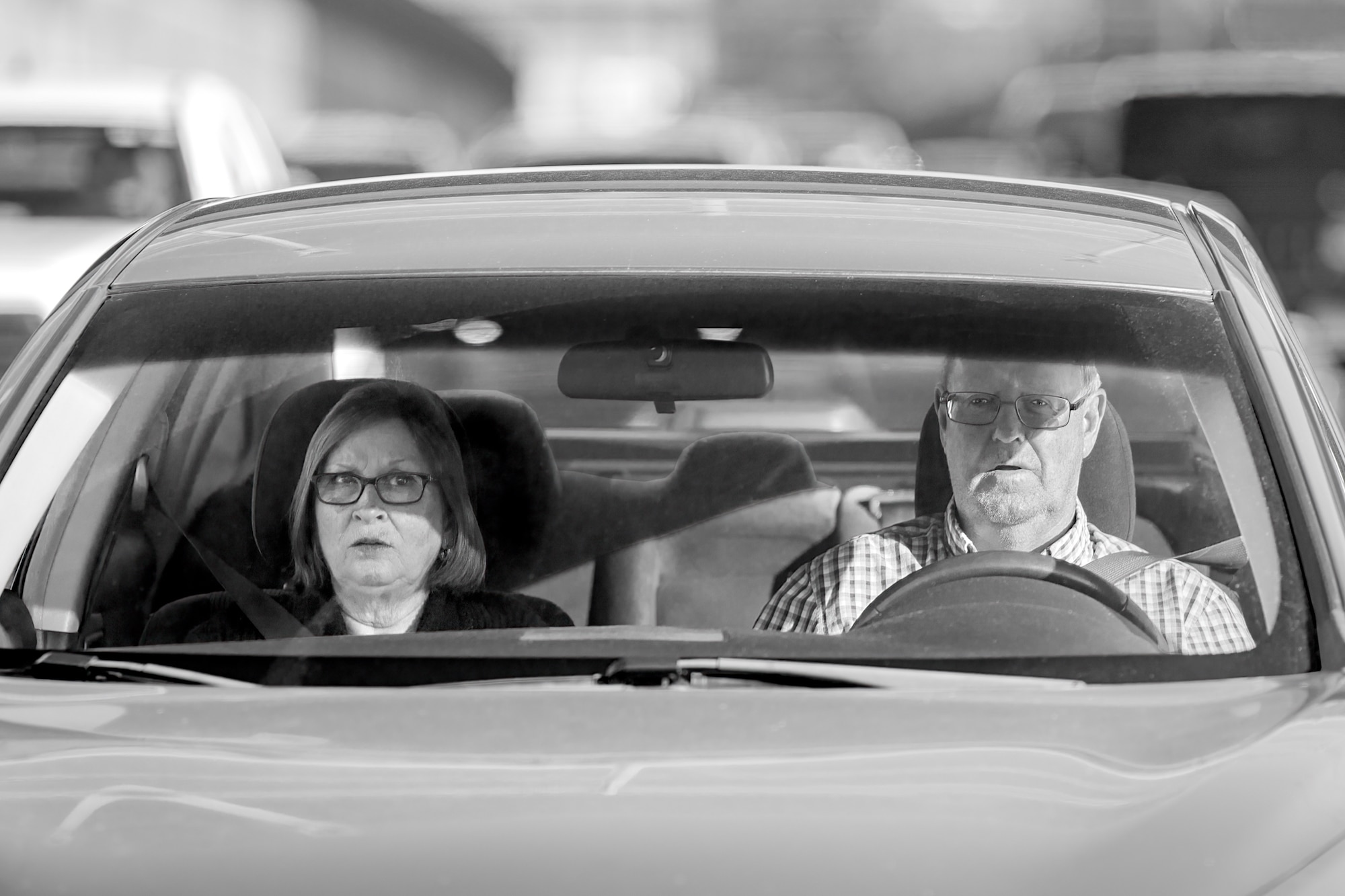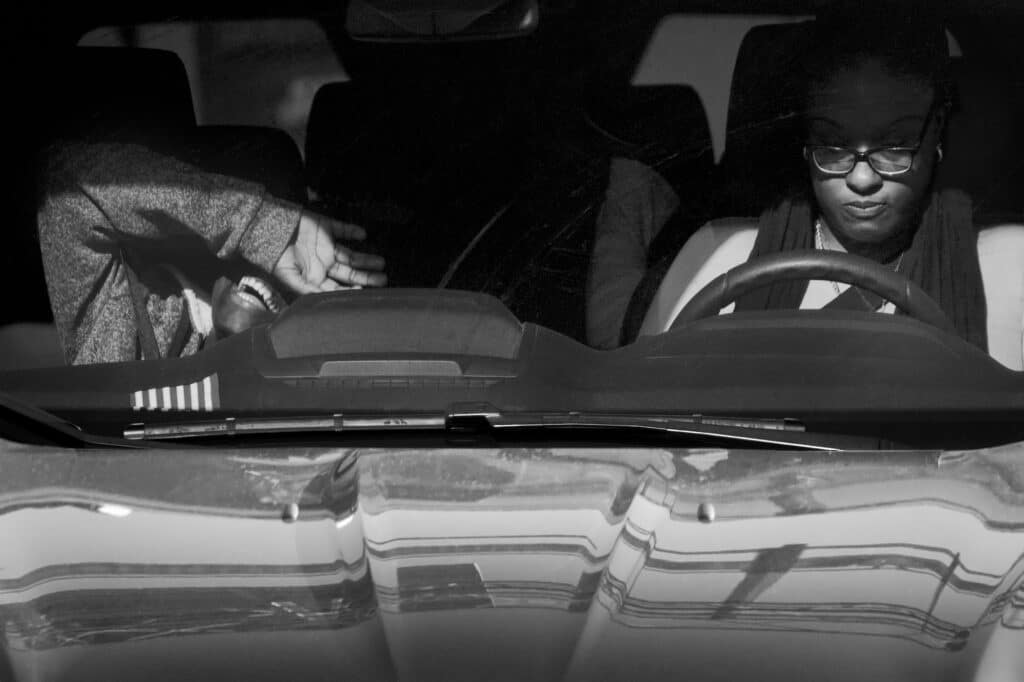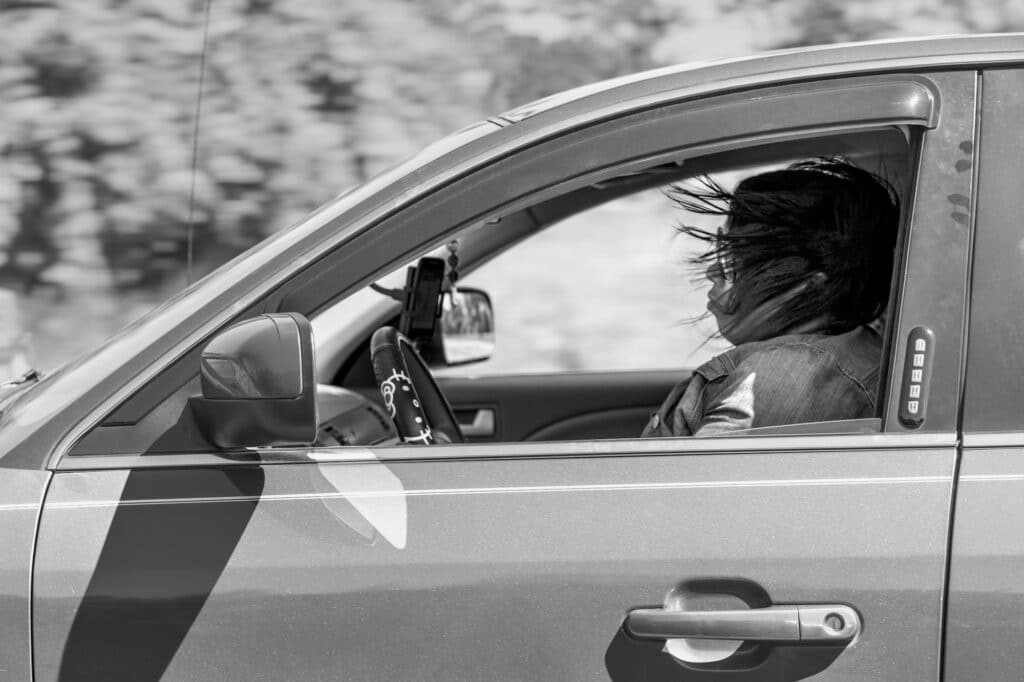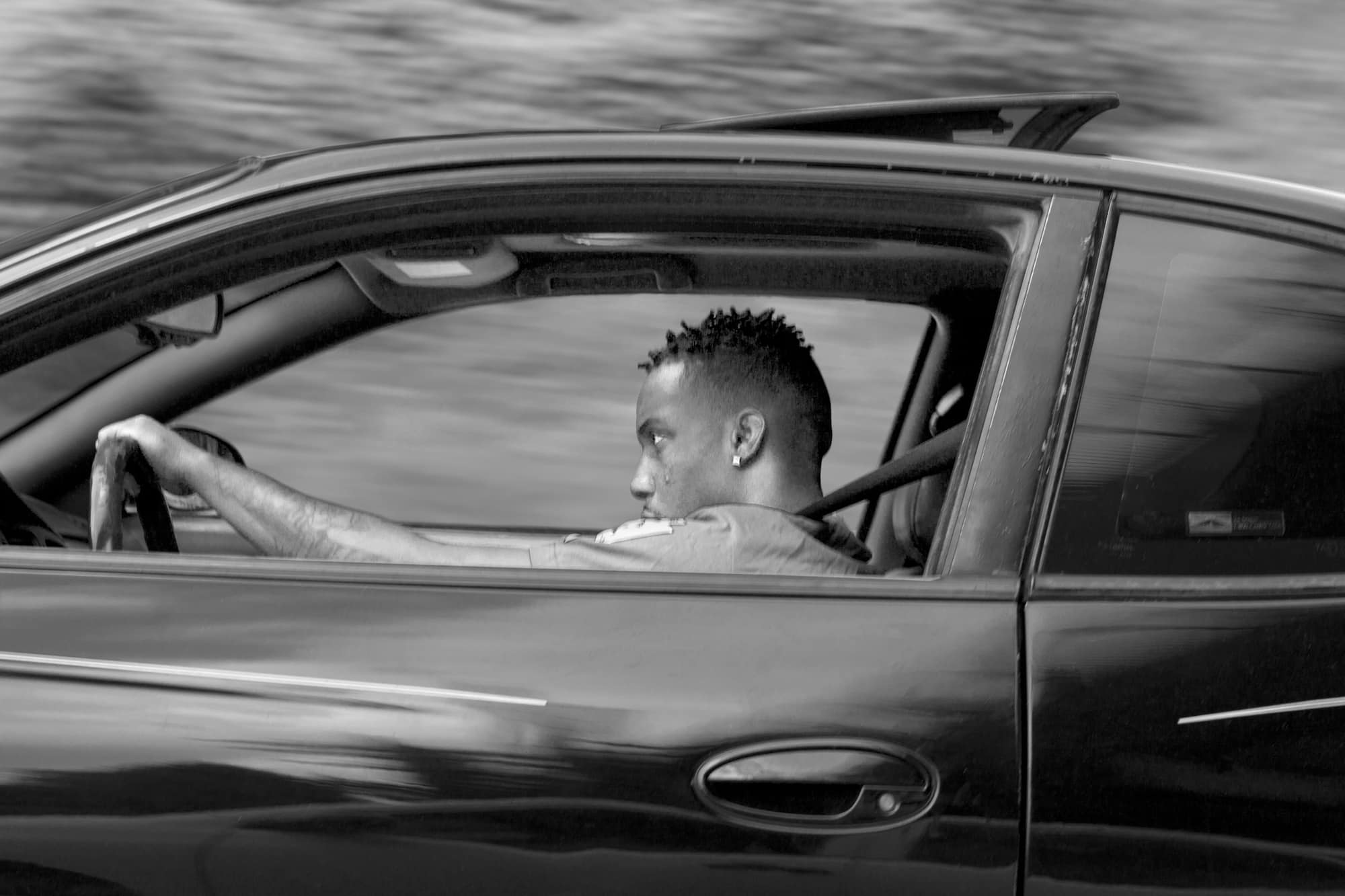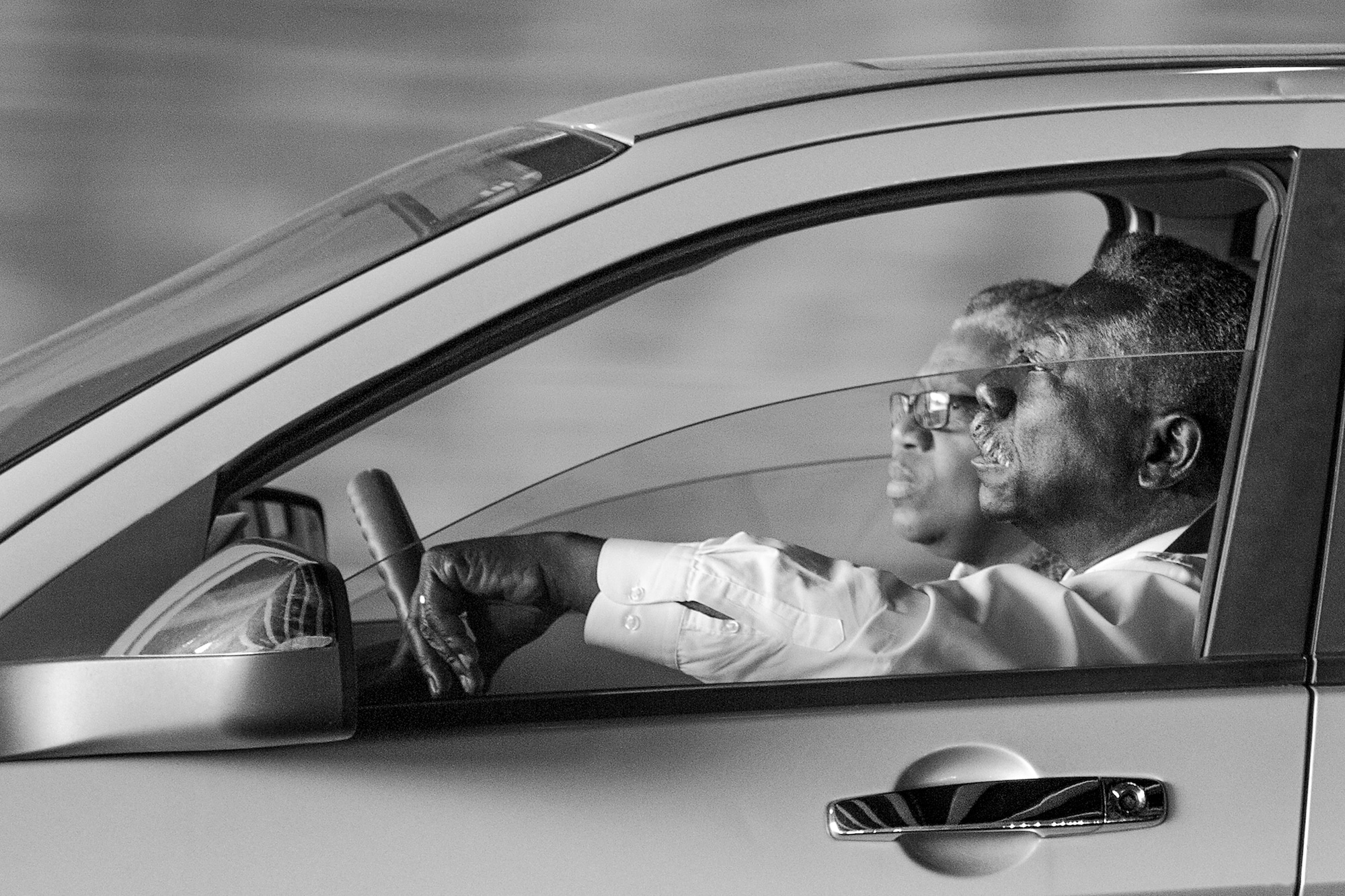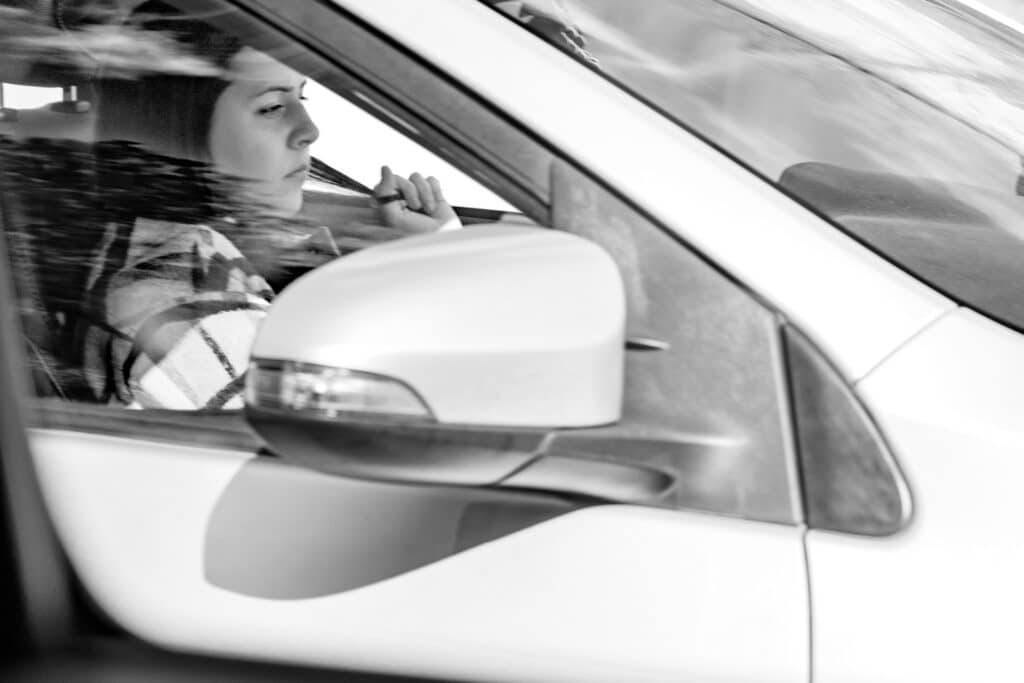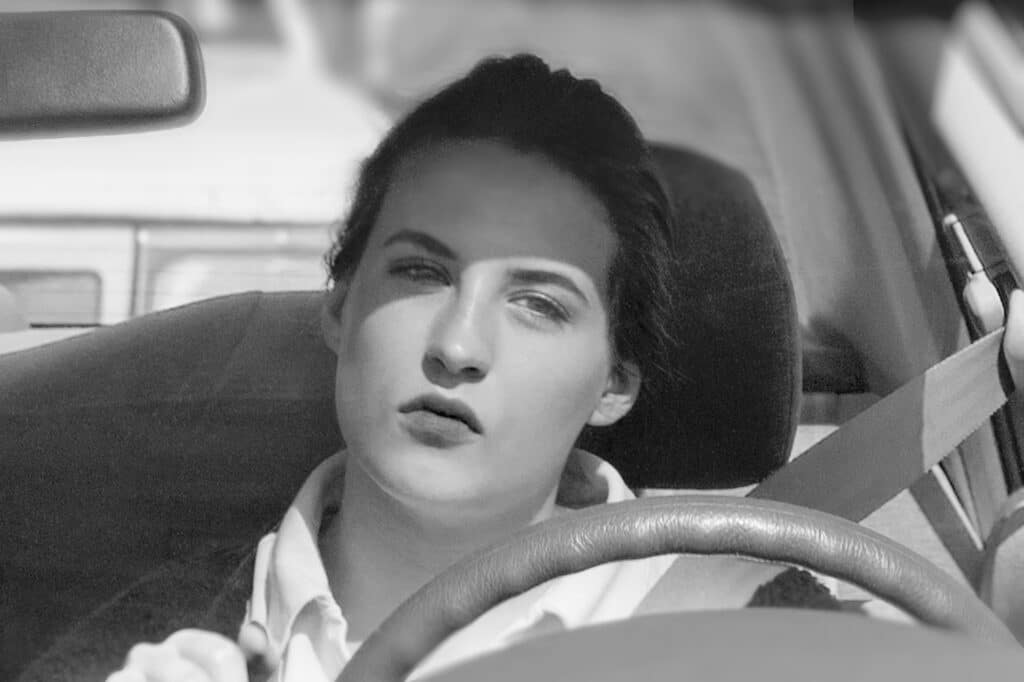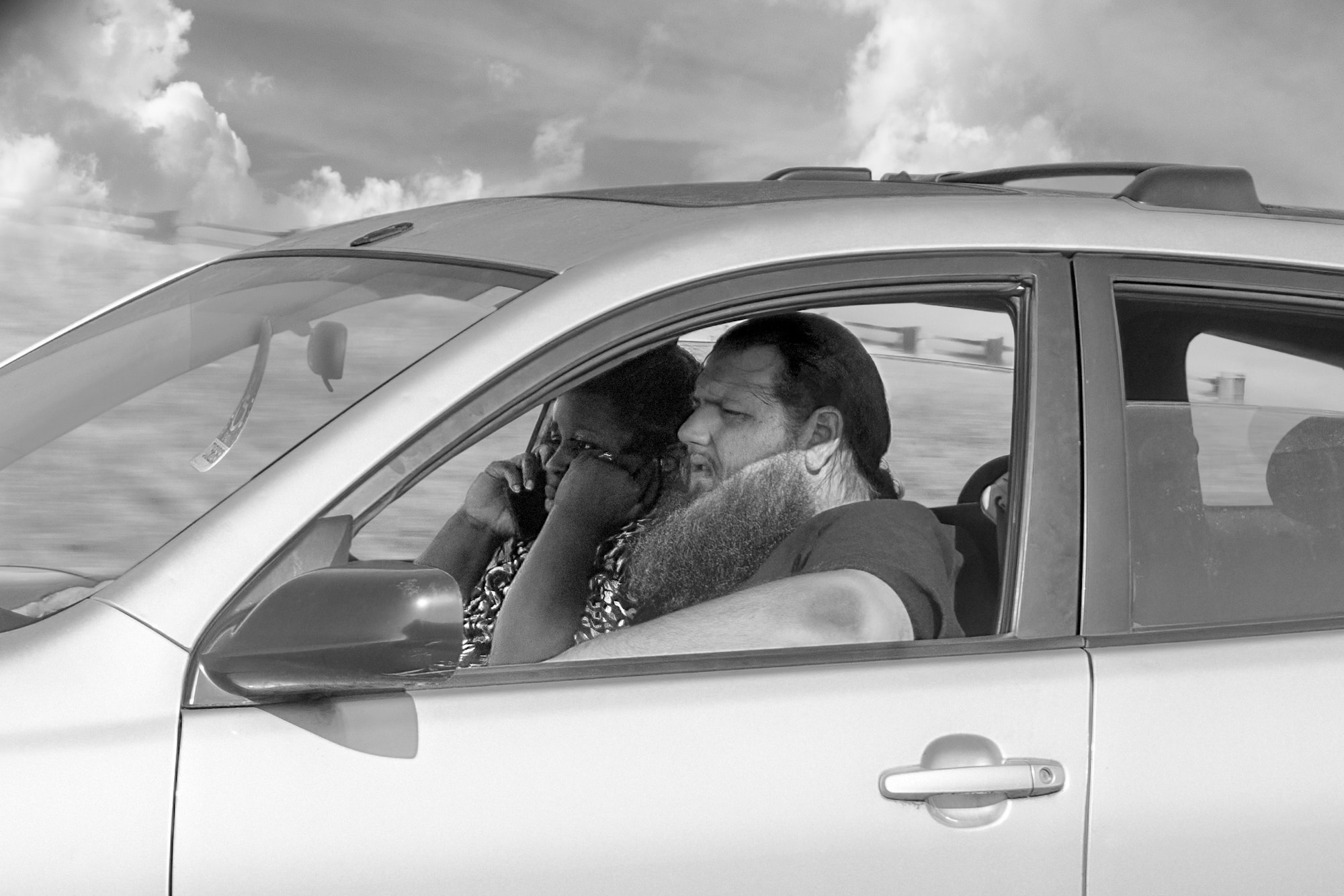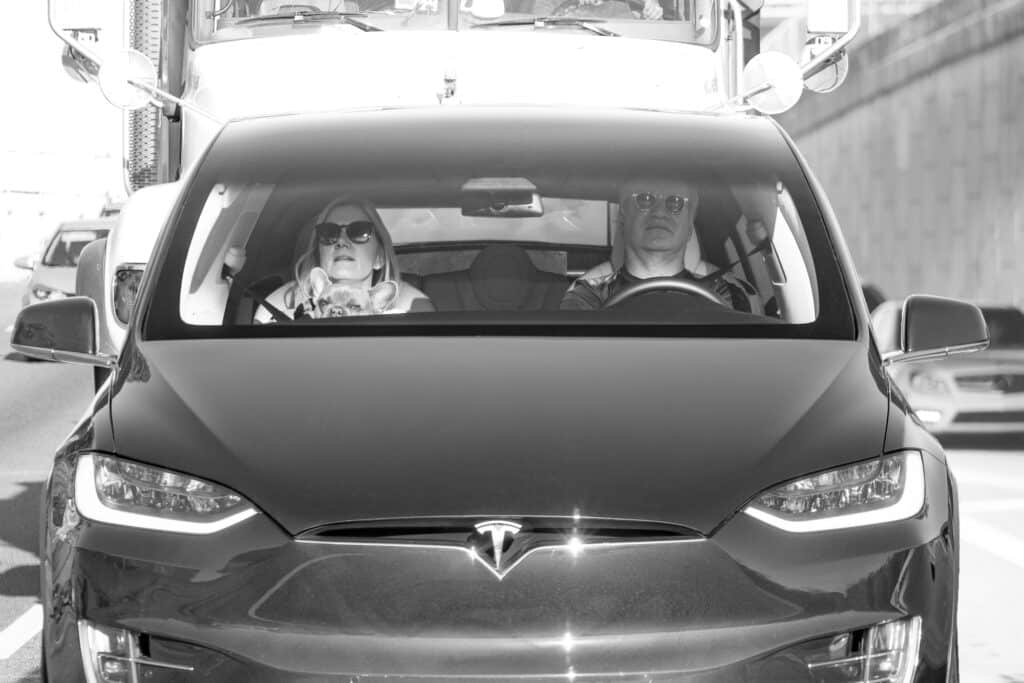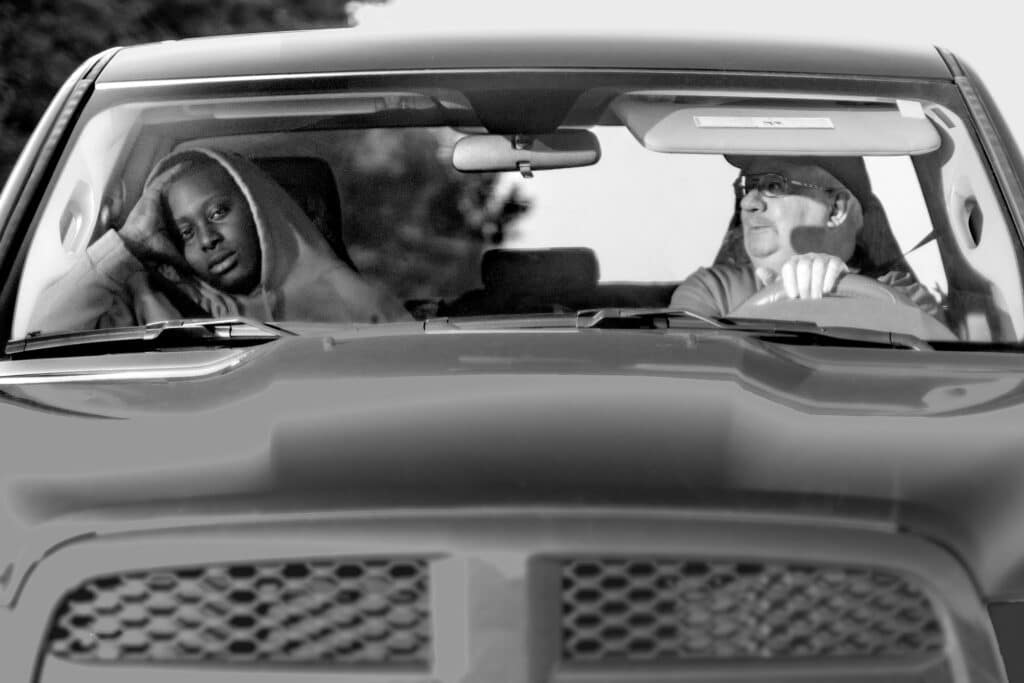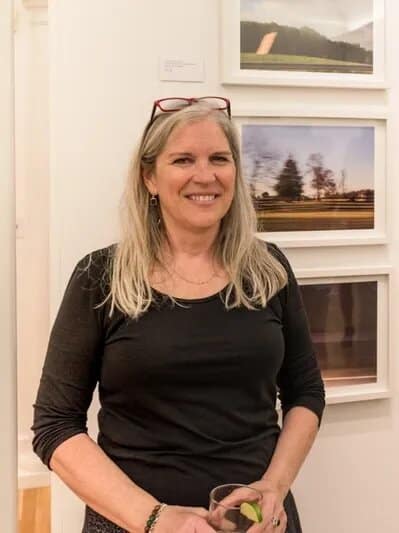In 2014, I ended my marriage and left a major entertainment network where I had risen from photo editor to director in the photography department – two major life changes. But after two years of following my dream of being an artist, I had gone through all my savings.
I did what thousands of Americans do when their life is in freefall – I took to the road
I’m probably not the first to do that. At a loss for what I would do next in my life, I did what thousands of Americans do when their life is in freefall – I took to the road. I arranged and undertook a series of long interstate journeys to visit friends but the truth was, I needed long stretches of time away from worries and distractions. I needed uninterrupted stillness to be with my thoughts and find a path forward.
Interstates. Not innately interesting. No one looks at an exit ramp and thinks, ’umm, now that’s sexy!’ The word brings up images of endless concrete, featureless structures, and bland landscapes. Yet I’ve come to realize the large role they have played in my personal life.
I grew up in the 1970s in Charlotte, NC, one of the shining jewels of what people at the time were calling “The New South.” In the decade after the tumultuous Civil Rights era, parts of the American South re-branded themselves and ‘progress’ was the new catchword. Enabled by air conditioning and structured around interstates, the explosive growth of the region produced shopping malls, fast food, subdivisions and new industries that all grew along the interstates like crystals on a string.
My father was a salesman who left each Monday morning on the interstate to visit the new factories popping up across the region and returned each Friday afternoon. I was happy in our middle-class subdivision and desegregated public school until abruptly, when twelve, my father moved us to a rural exurb of Atlanta, where we lived in a lone house on a country road and I attended a conservative, all-white school.
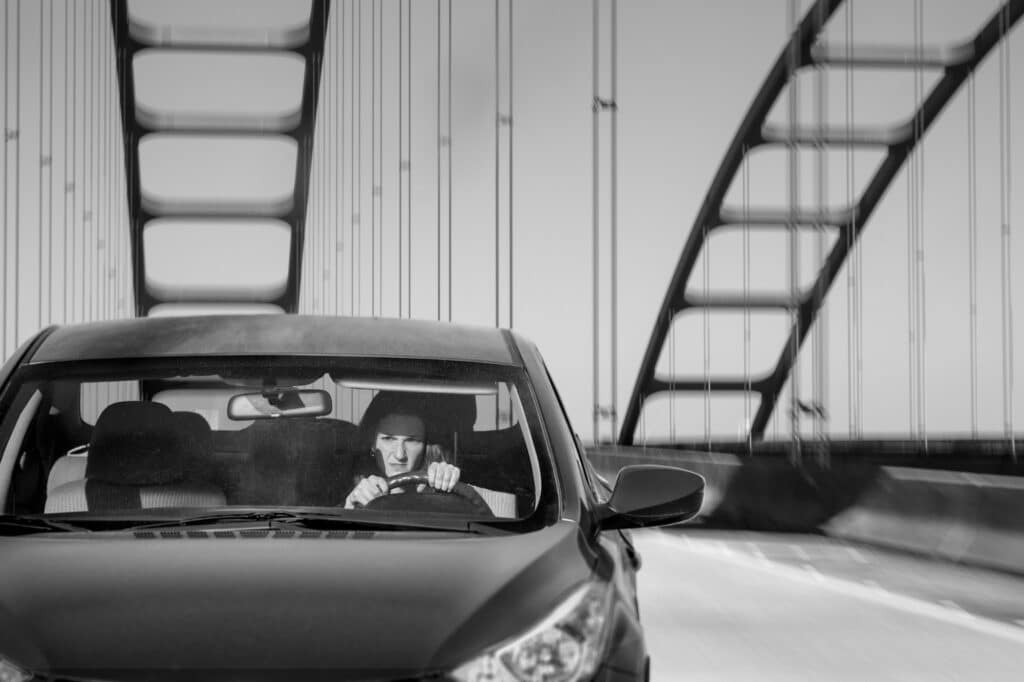
Looking back, I think our sudden move to this remote area was my father’s way of trying to protect us. My teenage brothers were getting into serious trouble, causing my mother to have what was called a “nervous breakdown.” She never really recovered. I now realize it was schizophrenia. There were three miserable years where I was the sole caretaker of my mother while dad was on the road – no friends, no neighbors, no relatives. I longed to be like my brothers and just leave but hated myself for thinking of abandoning my mother.
At sixteen, when I was finally able to drive, the car became my life raft. I joined every school club, got a job, and became a passionate driver. Even though my life had improved dramatically, I began to yearn for the day that I could leave for college. At times the wait felt unbearable, and for relief, I drove the interstate that encircled Atlanta. There, I could pretend to leave home far behind, listen to the radio and imagine what my life would be like until I calmed down or ran low on gas.
The interstate continued to be a refuge throughout my adulthood and in the pivotal year of 2014, I found myself once again driving long distances and for a prolonged time. As I did so my interest shifted to my fellow travelers. Watching people was something I had always done – in a restaurant, on the street, in the car. From the minute I got into the family station wagon, I fought my older brothers for a prized window seat. If I managed to win it, I would spend every minute looking at other people in their cars and imagining what their lives were like.
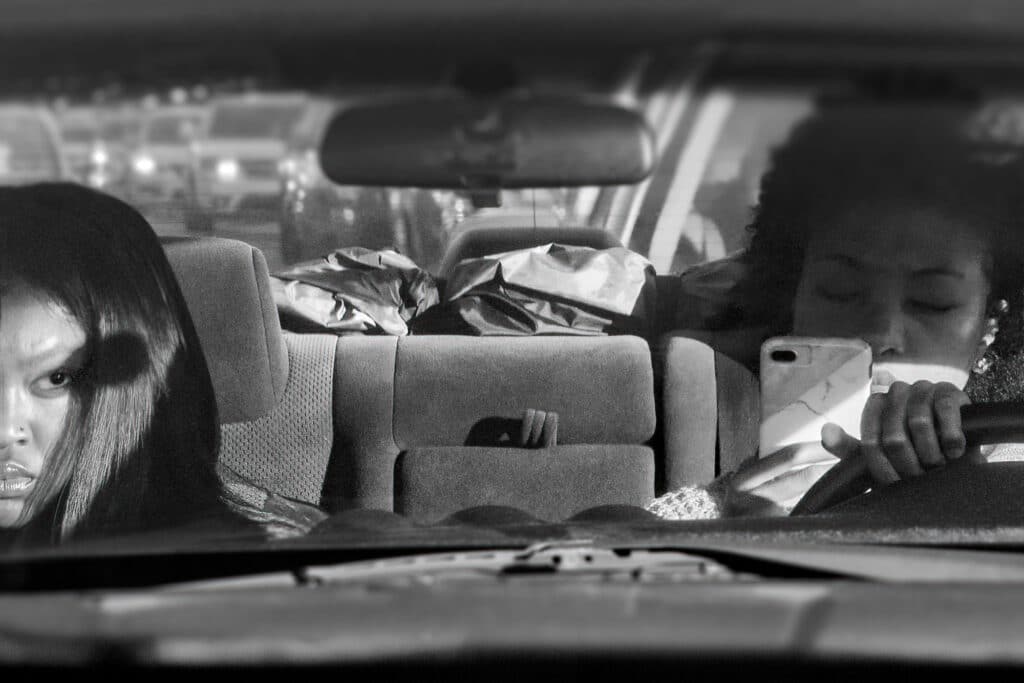
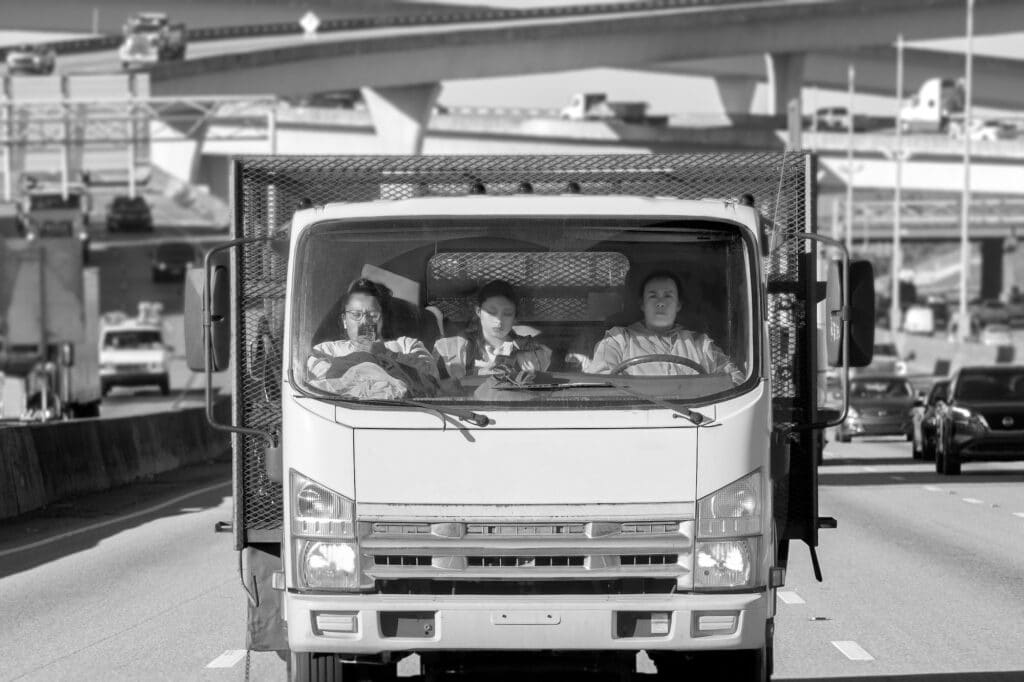
Fascinated and curious about the other drivers and where their thoughts were taking them, I began to photograph other drivers and passengers on my drives which quickly shifted from a focus on introspection to a full-blown photography project. Photographing while someone else drove just gave me a massive headache so nearly all of this project was shot while I was driving, using a camera on a tripod and a remote, taking multiple exposures when I thought a car was in frame.
Typically, I shoot 3,000-6,000 images in one day on the interstate with an extremely low success rate. These portraits are candid but not secretive. I make no effort to hide my cameras. Unable to seek a subject’s permission to use their image, I pay attention to any visible reactions to the camera, and if negative, I don’t use them.
Throughout the year, I shoot on the many interstates of the Atlanta area, concentrating on holidays and weekends when I’m more likely to find travelers rather than commuters. Then, from spring to fall, I make three-to-five-day road trips around the Southeast. I’ve photographed on interstates in other regions but I’m rarely happy with the results. I’m beginning to believe the universe is conspiring to keep me connected to my home, the Southeast.
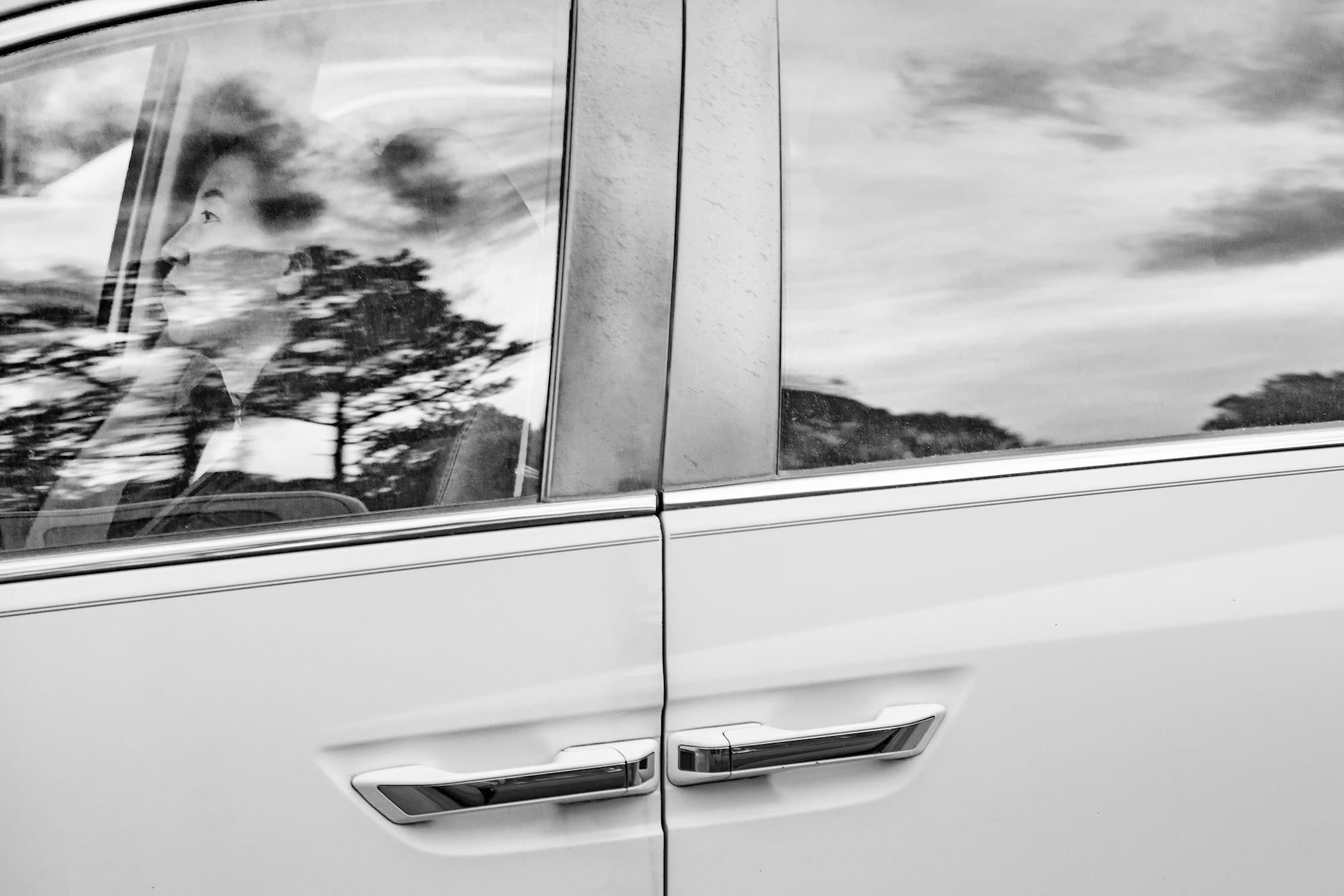
One question plagued me as I worked intermittently on this project for four years. I understood my curiosity about the lives of others, but why not anywhere? Why did I only want to photograph people in candid moments on the interstate? Why did this place have such meaning for me? The project stalled and it wasn’t until the pandemic in 2020 that the answer came to me and I returned with new passion.
The creation of the network of interstates upended how we thought of travel. Before, it meant going out into the world to discover new cultures, new ways of thinking. Driving on the interstate now means withdrawing into complete isolation, not only from fellow travelers (who pass you just feet away), but also isolated from the areas you pass through. Typically, a journey unfolds in a linear fashion and moves forward through time, with specific landmarks and with a distinct past, present and future. An interstate seems to defy that linear experience.
Time seems to stand still and we find ourselves in a surreal no man’s land where we’ve left the place we were but have hours to ourselves before we arrive where we are going
As the homogenous and banal structures, the exit ramps, the overpasses and the Jersey walls repeat again and again, the sense of forward movement is lost. Time seems to stand still and we find ourselves in a surreal no man’s land where we’ve left the place we were but have hours to ourselves before we arrive where we are going. In earlier times, one might have retreated to a temple, the wilderness or a cave for stillness and solitude.
Oddly, traveling on the interstate now offers that kind of refuge. In 2020, I returned to the project but with a new focus on presenting the portraits from the viewpoint that the subjects might, like me, be using this time on the interstate for introspection and possibly transformation.
Searching for a word to call this space, I settled on “bardo”. “Bardo” is a Tibetan term that simply means a transition or intermediate state; the time between two states of being.” Most often thought of as the place between death and rebirth, there are six Bardos total and include sleep and meditation. What made this term particularly attractive is that it implies a mind state where transformation is possible. In this project, I am in this liminal space and pointing it out as one available to us in our everyday world.
I am presenting the interstate, and the people who drive it, from a decidedly personal perspective – that we can enter a state of consciousness before it becomes calcified from the stories we tell ourselves, how we conceptualize our experiences and construct our world. I am inviting the viewer to use this body of work to enter this space too and examine their own habitual patterns of thinking.
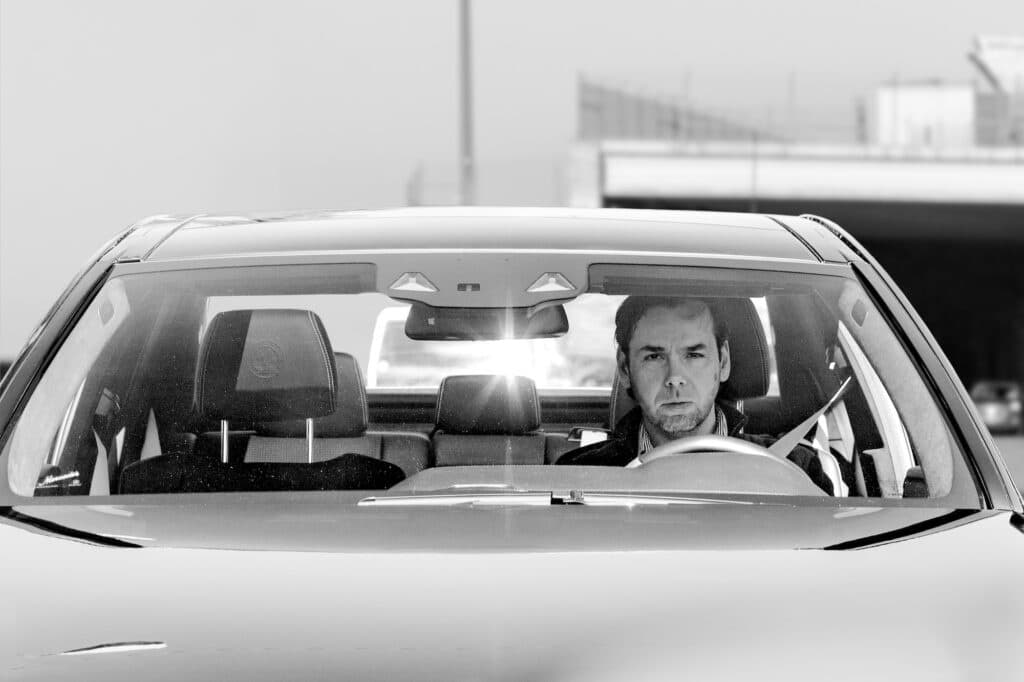
For more information on Beth Lilly, please visit her website www.bethlilly.com.

